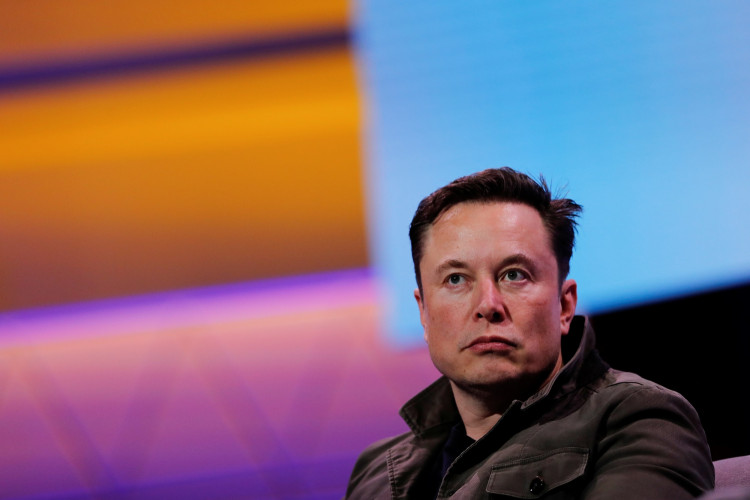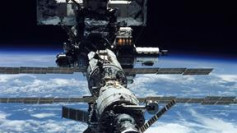Tesla Roadster Starman, the mannequin passenger that Elon Musk's SpaceX sent to outer space last year, has successfully completed its first orbit around the Sun.
The Tesla Roadster was the payload for Falcon Heavy's test launch last year in February. It was Musk and Tesla's personal vehicle that famously blasted Space Oddity, David Bowie's hit song in 1969 as the rocket took off.
Musk was quoted saying that the cargo was "kinda silly and fun," later pointing out that "silly and fun things are important." Starman passed the orbit of Mars in November last year and was traveling toward the asteroid belt.
The official website for the Starman, which shows the Roadster's journey, reveals that the vehicle has completed its first orbit around the sun, 557 days after the Falcon Heavy rocket test propelled it into space. Data gathered by researchers show that Starman has already traveled nearly 762.8 million miles since then, which is enough to exceed the car's 36,000-mile warranty about 21,188 times.
Along with this great news, this also means that Bowie's Space Oddity have already played approximately 152,000 times since launch and that the Tesla Roadster would have traveled far enough to drive all of the roads in the world nearly 34 times over. But Starman is expected to be not in its best shape (or look) right now, given it is moving at a breakneck speed of 75,158 miles per hour.
The bright red vehicle will reach Mars on Oct. 7, 2020, which at about 4.6 million miles away. This should allow Earth spectators to catch a glimpse of the vehicle on Nov. 5, 2020, by which time it will be just under 30 million miles away. Starman is then expected to go through a lonely patch, given it won't be coming close to Earth until 2047.
Reports have previously stated that Starman and NASA will meet in space instead, with the planned Mars mission in 2020 that will collect samples of the planet and bring it back home to be studied. However, it is unknown whether the Tesla Roadster will survive the harsh space environment long enough for NASA to meet it.
SpaceX itself is edging closer to deep space flight, and the US hopes to send people to Mars in 2030 or later. There's a possibility that deep space travel will have become relatively routine by the time Starman pays a visit to his home planet.




